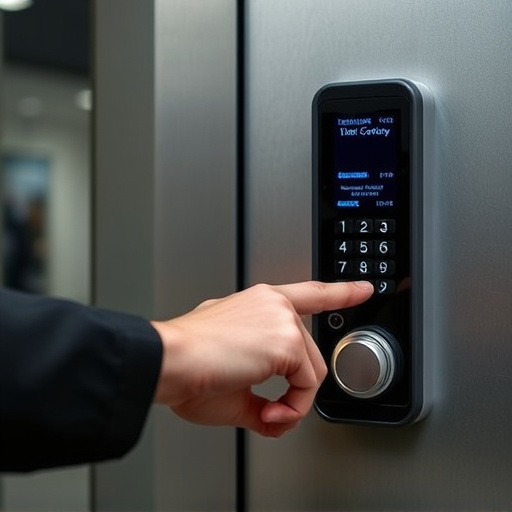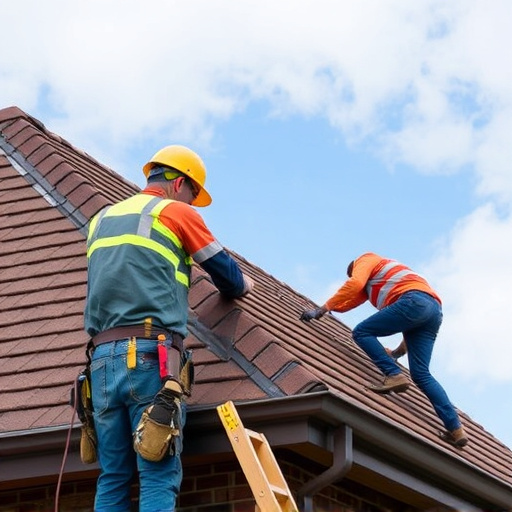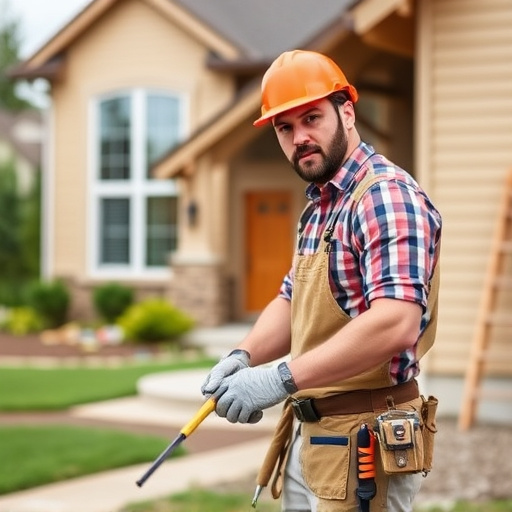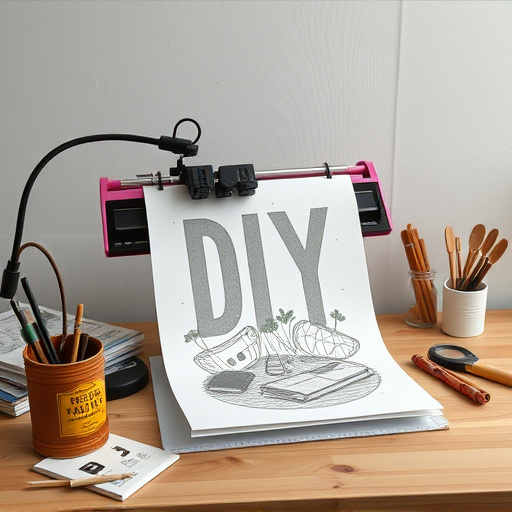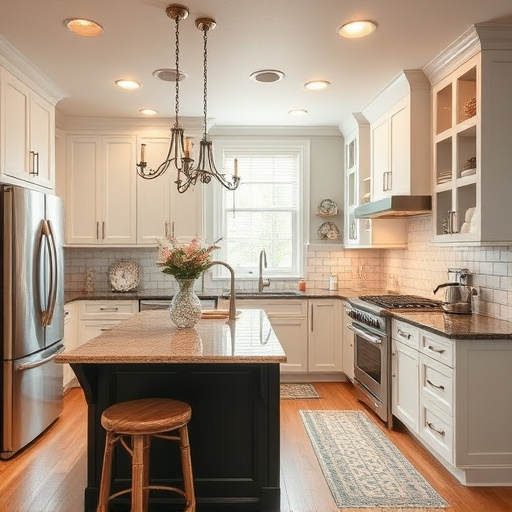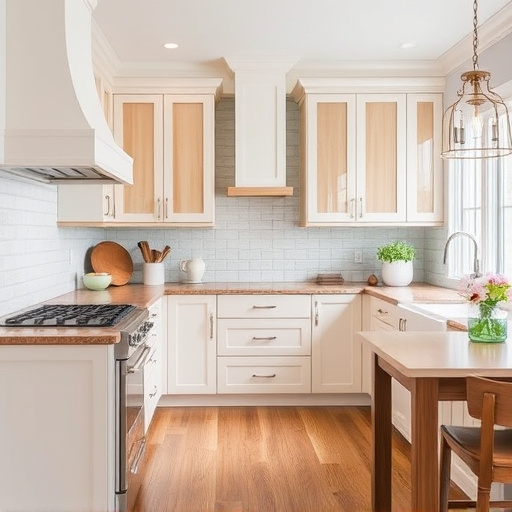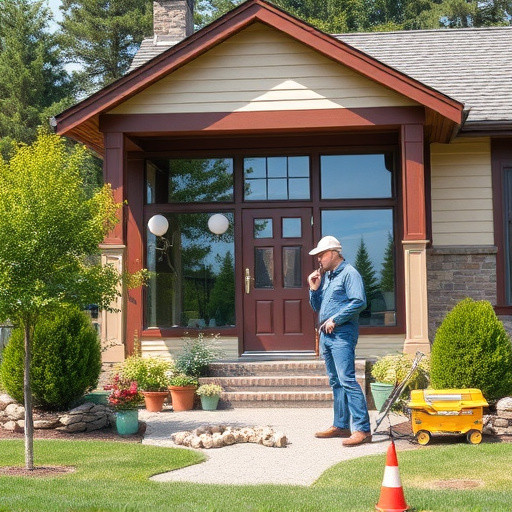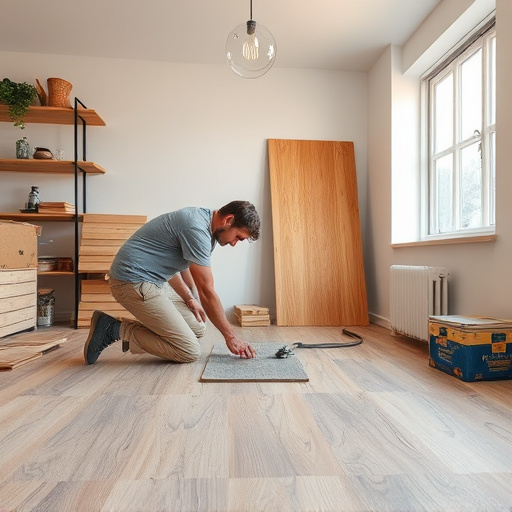Before a flooring remodel, plan and prepare meticulously: assess room layouts and traffic, create storage for belongings, budget for materials and custom work, and protect valuable items using packing materials to avoid damage during installation. Maintain normalcy by designating temporary living spaces for daily routines and allowing renovation to progress at its own pace.
Living at home during a flooring remodel doesn’t have to be chaotic. With careful planning, you can ensure a smooth transition while your space transforms. Begin by clearing and organizing high-traffic areas, creating an evacuation plan for tools and debris. Protect your furniture and belongings with drop cloths and covers. Establish a temporary living area away from the work zone, ensuring daily routines remain undisturbed. These strategic steps will help you navigate the flooring remodel with minimal disruption.
- Plan and Prepare Your Space
- Protect Your Belongings During Installation
- Create a Temporary Sanctuary for Daily Life
Plan and Prepare Your Space
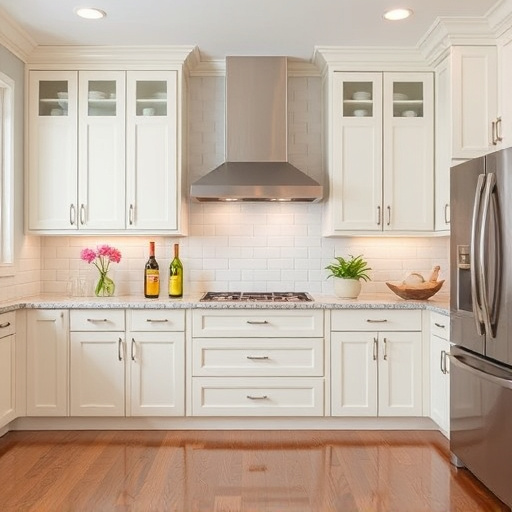
Before any flooring remodel begins, it’s crucial to plan and prepare your space. Start by assessing each room that will be affected. Consider how much traffic each area gets, the existing layout, and whether any furniture needs to be relocated or disposed of. This step is key for minimizing disruptions during the renovation process.
Create a clear plan for where you’ll store items safely while work is underway, especially if your kitchen remodel involves extensive changes. Prepare a budget for both the flooring materials and customized work that aligns with your vision. By taking these proactive steps, you set yourself up for a smoother residential renovations experience.
Protect Your Belongings During Installation
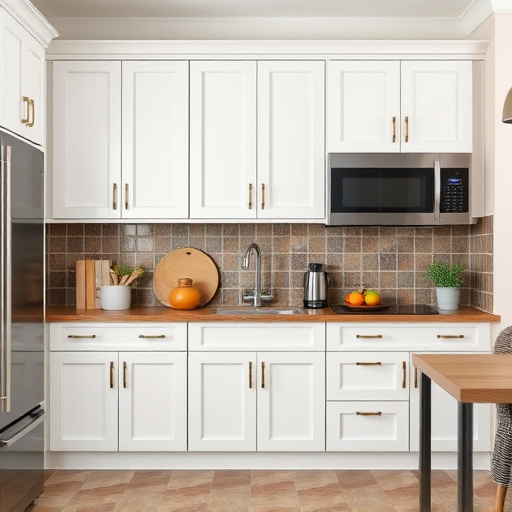
Before your flooring remodel begins, it’s crucial to take measures to protect your belongings from potential damage during installation. This includes securing or removing valuable items like furniture, artwork, and electronics from the rooms undergoing renovation. Invest in packing materials like bubble wrap, cardboard boxes, and plastic sheeting to cover and safeguard these possessions.
Additionally, clear away any loose items on floors, walls, or surfaces that might interfere with the installation process or become damaged themselves. Think about kitchen renovations or residential renovations where appliances, cabinets, and countertops could be affected. By taking these precautions, you ensure a smoother home improvement project and minimize the risk of damage to both your belongings and the newly installed flooring.
Create a Temporary Sanctuary for Daily Life
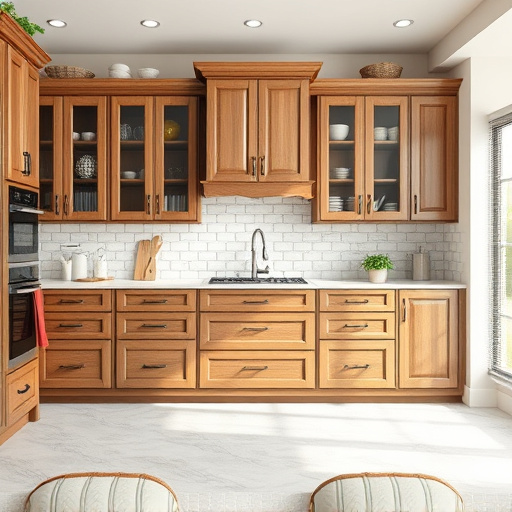
During a flooring remodel, transforming your home can feel like navigating a labyrinth. To make this transition smoother, create a temporary sanctuary for daily life. Designate specific areas within your residence that remain untouched by the renovation work, serving as safe havens where you can carry out your routines undisturbed. This might involve setting up a makeshift kitchen or dining area in a less affected part of your home, ensuring you have a comfortable workspace for remote work or study, and maintaining accessible storage spaces for essential items.
By doing so, you’ll not only maintain a sense of normalcy but also facilitate the ongoing residential renovations with minimal disruption to your schedule. Embracing this customized work approach allows the transformation to unfold at its own pace without compromising your comfort or productivity.
Living at home during a flooring remodel requires careful planning and adaptability. By following these steps—from preparing your space to creating a temporary sanctuary—you can ensure your comfort and safety throughout the process, all while achieving that desired new floor without leaving the house. Embrace this DIY journey, knowing your home will soon be transformed into a seamless blend of style and functionality with a fresh, updated flooring remodel.
